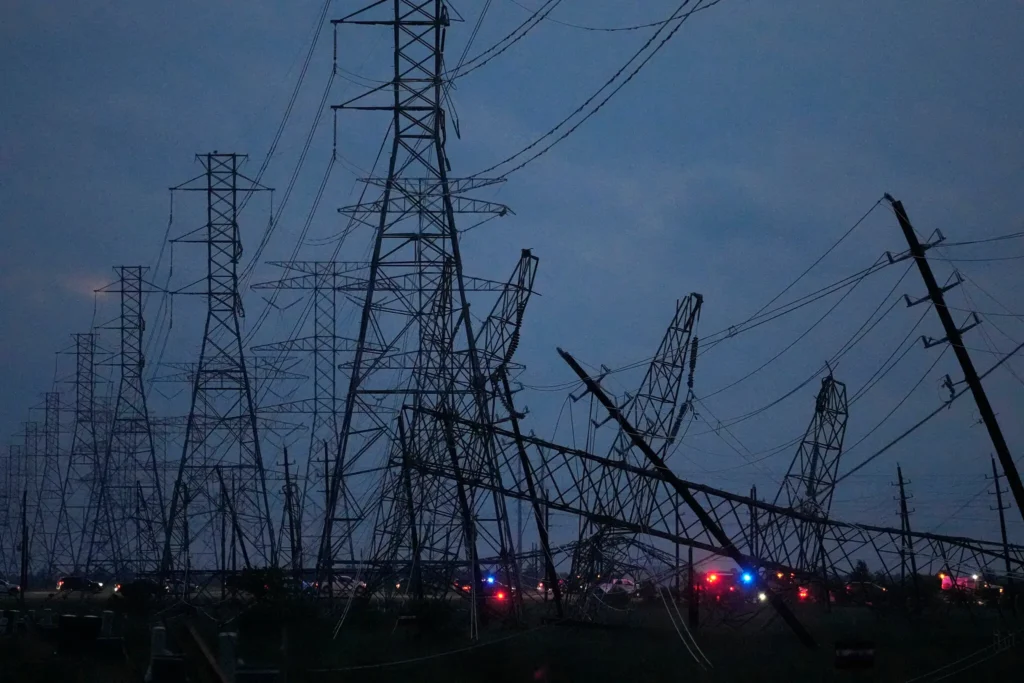Our cities are concrete jungles, ill-equipped for scorching temperatures. Studies show urban areas can be up to 20 degrees Fahrenheit hotter than surrounding areas. Asphalt and concrete absorb and re-radiate heat, creating an “urban heat island” effect. While air conditioning offers a shield, it masks a critical vulnerability: our dependence on a reliable power grid.

Extreme heat events, a hallmark of climate change, threaten this very grid. A recent study explored a chilling scenario: a two-day blackout during a heatwave in Phoenix, Detroit, and Atlanta. The results are stark.
Phoenix, where 99% of buildings rely on AC, faces the greatest risk. A blackout could trigger a grid failure, leaving nearly half the city’s population – 800,000 people – in need of medical attention. The study estimates a death toll exceeding 13,000.

Atlanta and Detroit, cooler cities with lower AC dependence (94% and 53% respectively), fared better, but the risks remain significant. The study predicts six heat-related deaths in Atlanta and 221 in Detroit during a blackout.
These numbers highlight a concerning trend: blackouts in the US have more than doubled between 2015-16 and 2020-21. While not all are climate-related, the correlation between heat and grid failures is undeniable.

The path forward is clear: significant infrastructure upgrades are needed to fortify our cities against heat. We must also re-evaluate our power consumption habits. Only through a combined approach can we ensure our cities become true heat-resilient havens.
Reference- Journal Environmental Science & Technology, Futurism, The New York Times, National Geographic






